Rare Rides: The 1991 Lotus Elan, With Power by Isuzu

The Rare Rides series has featured a couple Lotus-related items before. The first was this Isuzu I-Mark RS, which was an Isuzu with some Lotus badges on it. Then came the Elite, which was a real Lotus. Today we take a look at the Elan, which mixes it up with Lotus badges and an Isuzu engine.
Lotus first used the Elan name in 1962, applying it to a tiny roadster that delighted driving enthusiasts. It was fun, lightweight, simple, and could be modified and raced. 1967 saw the introduction of a new Elan, the so-called Elan +2. The number at the end signifies the addition of two additional seats that probably shouldn’t have been included.
This +2 Elan, like the Elite linked above, was part of a push upmarket for the Lotus brand. Less focus on lightness, more focus on luxury and bringing passengers along for the ride. The +2 existed concurrently (only as a coupe) until the demise of the original Elan, persisting through 1975.
After an ownership change, Lotus decided to dust off the Elan name one more time for a new roadster. It was the turn of the Nineties, and the two-seat roadster was experiencing a rebirth via the brand new Mazda Miata. Lotus’ parent, General Motors, wanted a piece of the action, and the General spent around $55 million on the project. It was an amount slightly more than the budget for most prior Lotus vehicles.
Known as the M100, the new Elan stemmed from the M90, a fiberglass development prototype dating back to the Eighties. At the time, Lotus was not under the influence of GM and intended to sell the car via Toyota dealerships. But the idea was not to be. Development on the M100 began in 1986, and the new car was production-ready in 1989. General Motors mandated the new car be desirable to U.S. consumers, and asked Lotus to conduct extensive testing. Upon production, Lotus drove each new Elan 30 miles around its factory track to ensure no issues prior to shipment.
Unlike the Miata, Lotus opted for front-wheel drive, claiming it was always faster in a small, lightweight roadster. This Elan would be the only front-drive vehicle ever produced by the brand. Power came via a 1.5-liter inline-four engine sourced from the Isuzu Gemini, and modified by Lotus. Naturally aspirated and turbo versions were available, providing 132 and 164 horsepower, respectively. All came equipped with a five-speed manual transmission.
The Elan was expensive to build, and a high asking price combined with front-wheel drive and a small dealership network hurt the roadster’s chances — especially in North America. Between 1989 and 1992, 3,855 Elans were made, with just 559 sent to the United States. The Elan would not see a replacement from Lotus until 1996, with the debut of the new Elise. But other parties took an interest in the last Elan.
After British production ended, Lotus sold its rights to one of the interested parties — Kia. The Korean manufacturer tweaked the interior and rear lights slightly, replaced the engine with its own 1.8-liter turbocharged four, and put the car into production in South Korea. It was made between 1996 and 1999, sold as the Kia Elan. 1,056 Kia Elans were produced.
Today’s Rare Ride comes to us from Atlanta. In excellent condition, it asks $16,800.
[Images: seller]

Interested in lots of cars and their various historical contexts. Started writing articles for TTAC in late 2016, when my first posts were QOTDs. From there I started a few new series like Rare Rides, Buy/Drive/Burn, Abandoned History, and most recently Rare Rides Icons. Operating from a home base in Cincinnati, Ohio, a relative auto journalist dead zone. Many of my articles are prompted by something I'll see on social media that sparks my interest and causes me to research. Finding articles and information from the early days of the internet and beyond that covers the little details lost to time: trim packages, color and wheel choices, interior fabrics. Beyond those, I'm fascinated by automotive industry experiments, both failures and successes. Lately I've taken an interest in AI, and generating "what if" type images for car models long dead. Reincarnating a modern Toyota Paseo, Lincoln Mark IX, or Isuzu Trooper through a text prompt is fun. Fun to post them on Twitter too, and watch people overreact. To that end, the social media I use most is Twitter, @CoreyLewis86. I also contribute pieces for Forbes Wheels and Forbes Home.
More by Corey Lewis
Latest Car Reviews
Read moreLatest Product Reviews
Read moreRecent Comments
- EBFlex Will I miss the Malibu? No. Will GM miss the Malibu? Absolutely. They are going from making a vehicle that makes money moving 150k a year and converting the plant to make EVs (that nobody wants) at a loss every year and far less volume. The amount of stupid that is always present when it comes to EVs is astounding. The experiment is over GM. Move on
- Mike Beranek In the sedan game, it's now either Camry or Accord. The rest are just background noise.
- Theflyersfan I know their quality score hovers in the Tata range, but of all of the Land Rovers out there, this is the one I'd buy in a nanosecond, if I was in the market for an $80,000 SUV. The looks grew on me when I saw them in person, and maybe it's like the Bronco where the image it presents is of the "you're on safari banging around the bush" look. Granted, 99% of these will never go on anything tougher than a gravel parking lot, but if you wanted to beat one up, it'll take it. Until the first warning light.
- Theflyersfan $125,000 for a special M4. Convinced this car exists solely for press fleets. Bound to be one of those cars that gets every YouTube reviewer, remaining car magazine writer, and car site frothing about it for 2-3 weeks, and then it fades into nothingness. But hopefully they make that color widespread, except on the 7-series. The 7-series doesn't deserve nice things until it looks better.
- Master Baiter I thought we wanted high oil prices to reduce consumption, to save the planet from climate change. Make up your minds, Democrats.



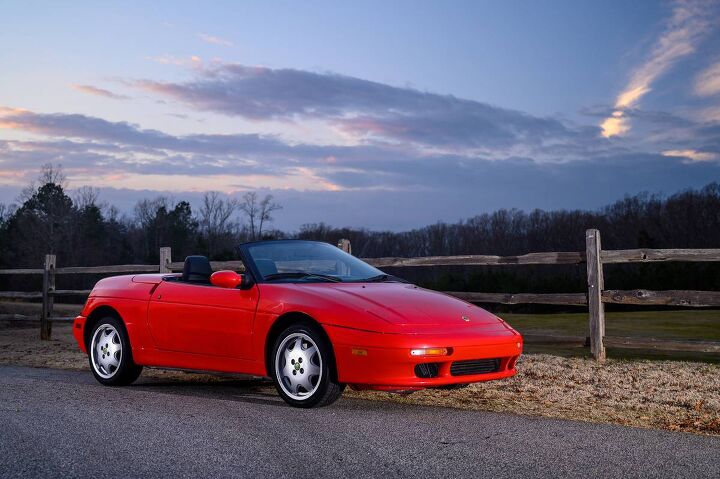


















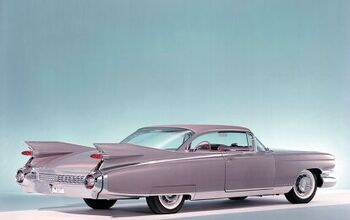


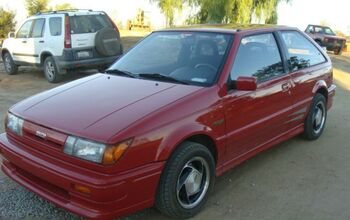
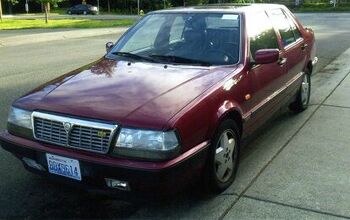

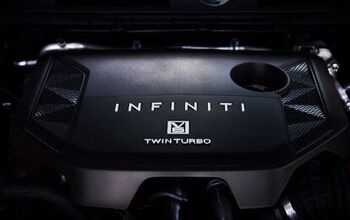
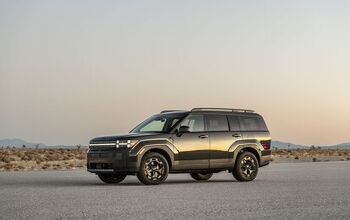

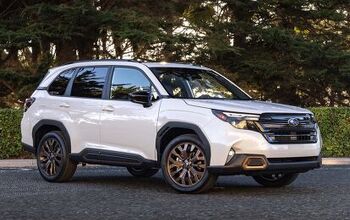
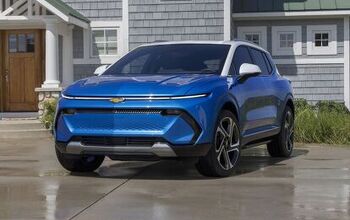


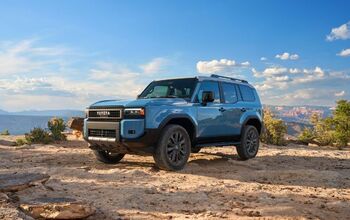
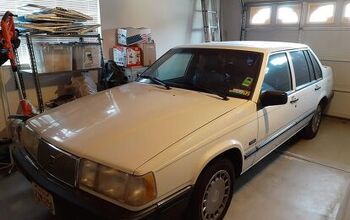
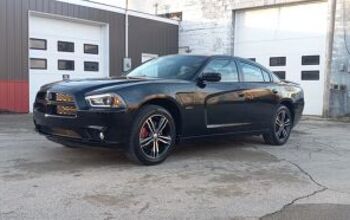


Comments
Join the conversation
Road morsel. I'm astonished Mazda has done so relatively well with theirs.
I remember when this was introduced, it was to be the revival of the British roadster--except that when it came out, unbeknownst to Lotus/Isuzu/GM, halfway across the world, Mazda was about to show the world a proper two-seat sports car.